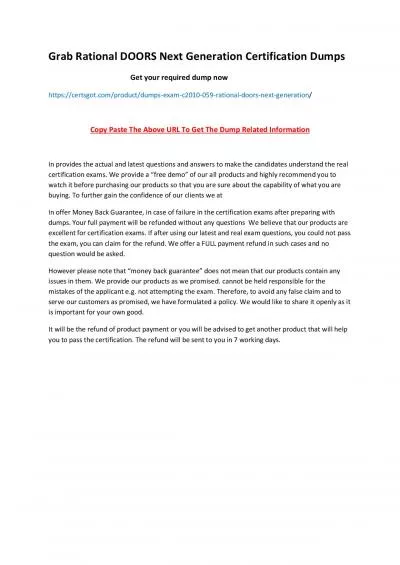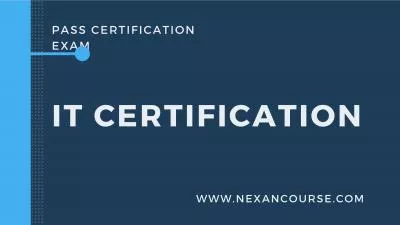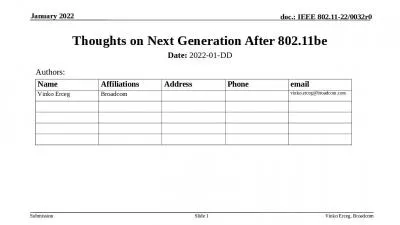PPT-Next Generation Science Standards
Author : calandra-battersby | Published Date : 2017-06-12
A Look at Core Ideas of Engineering and Technology Summary created by Fred Ende fendepnwbocesorg Regional Science Coordinator PutnamNorthern Westchester BOCES Likely
Presentation Embed Code
Download Presentation
Download Presentation The PPT/PDF document "Next Generation Science Standards" is the property of its rightful owner. Permission is granted to download and print the materials on this website for personal, non-commercial use only, and to display it on your personal computer provided you do not modify the materials and that you retain all copyright notices contained in the materials. By downloading content from our website, you accept the terms of this agreement.
Next Generation Science Standards: Transcript
Download Rules Of Document
"Next Generation Science Standards"The content belongs to its owner. You may download and print it for personal use, without modification, and keep all copyright notices. By downloading, you agree to these terms.
Related Documents

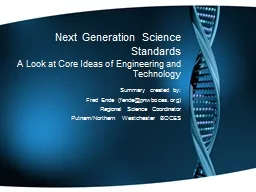
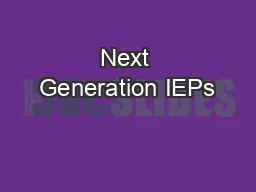

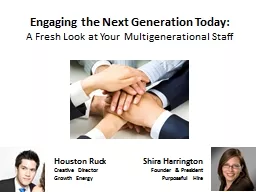
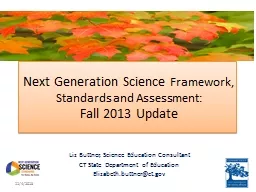
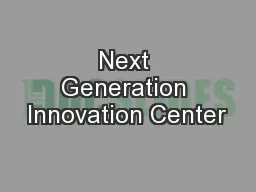
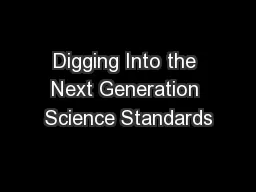
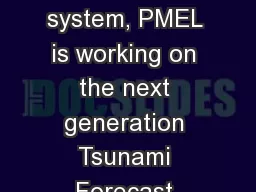
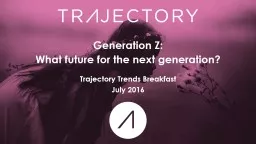
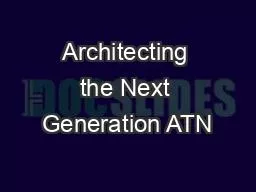
![[READ] - Next-Generation ACCUPLACER Secrets Study Guide: ACCUPLACER Practice Test Questions](https://thumbs.docslides.com/902844/read-next-generation-accuplacer-secrets-study-guide-accuplacer-practice-test-questions-and-exam-review-for-the-next-generation.jpg)
